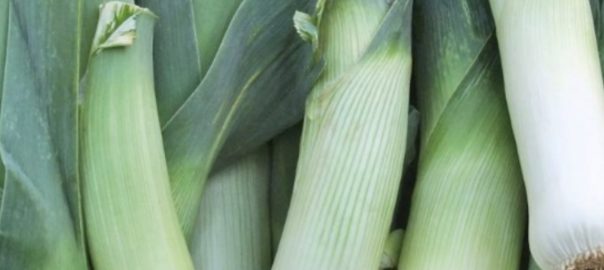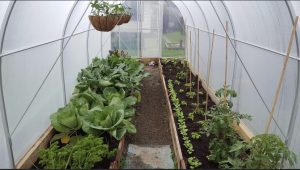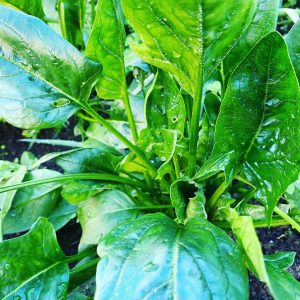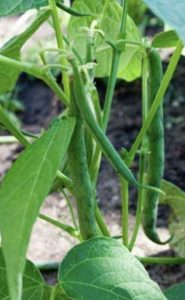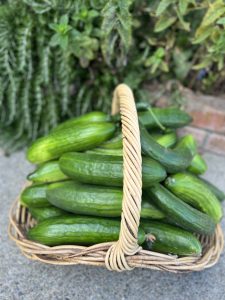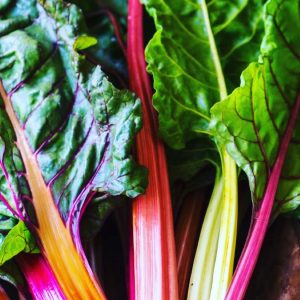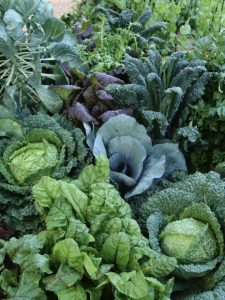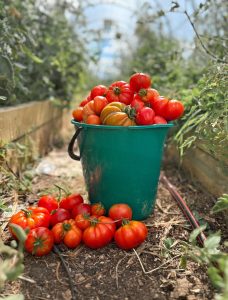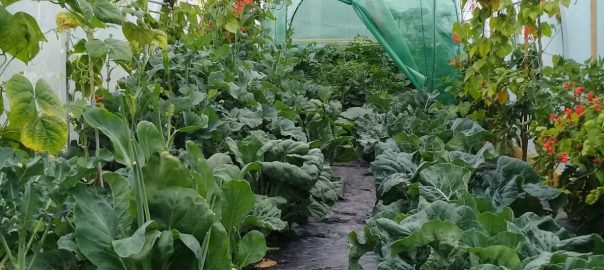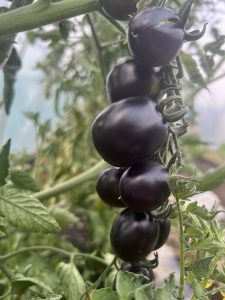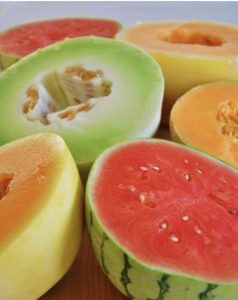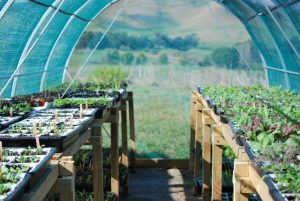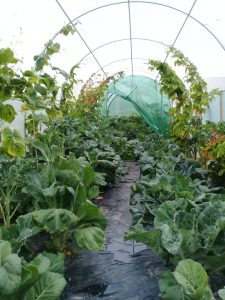Grow me now in May
Love Leeks!
Leeks are such a cool-season staple. However, with the rush of summer planting and autumn harvesting, it’s easy to miss the boat when it comes to getting them in the ground in time to fatten up for winter. Fortunately, all is not lost when you have a tunnelhouse to trap in the April heat and give your leek seedlings a quick start. What’s more, a leek bed is a great tunnelhouse rotation crop because alliums aren’t in the same family as brassica or your regular undercover summer plants.
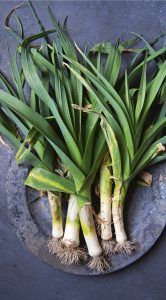
Source your supply
Although April is getting too late to sow leek seed, you will almost certainly be able to track down a punnet or two of leek seedlings at your garden centre. Snap them up right away, and get cracking on preparing a space in your greenhouse where you can plant them (if your summer greenhouse plants are still producing, prepare containers plant your leeks into, and pop the containers in between the other plants until the summer-fruiters are ready to come out.
Ground work
Summer tunnelhouse crops are generally shallow rooted. Leeks, however, prefer a deep bed, so take a long-tined garden fork, and loosen up the soil as deeply as you can by pushing it into the ground and pulling it back and forwards. Don’t aim to dig the ground up, unless it is particularly stony or filled with sticks, in which case these will need to be removed as leeks like ‘a clear run’ down into the soil.
Your summer crop will have gobbled up the nutrients in the greenhouse, so add compost and well-rotted kelp to the bed. If you don’t have this, make do with all-purpose garden fertilizer (don’t over do this, though, as leeks are not gross-feeders, and too much nitrogen will mean they are all tops and no white). While leeks enjoy a scattering of lime, tomatoes don’t, so skip the lime in favour of the needs of your more high-value summer crop that will be growing undercover next season (the leeks will manage without the lime). While you think of it, chop some kelp and comfrey leaves (and nettles, if you have them) into a bucket of water, and set it to brew for a couple of weeks (this will be the liquid feed for your leek seedlings as they grow).
Transplanting
Upend the leek seedlings from their punnets, and carefully trim their roots back to within 2cm of their bases (this prevents the roots turning back on themselves when they are popped into the ground). If the leeks are looking tired, yellow, or straggly, trim off the top couple of centimetres from their foliage.
Use a small dibber to create planting holes in your prepared greenhouse bed. The holes should be around a third the length of the seedlings, and 10cm apart (you would plant the leeks further apart if you were working in the outdoor garden, but your leeks have an ideal growing space in the tunnelhouse, and you can always thin them as you harvest, allowing those that are left to fatten up further). Drop (don’t push) each seedling into its hole, and do not back fill the hole with soil. Once all the seedlings are in place, use a watering can or jug to add water to each hole (this should be with just enough force to wash a little soil down into the hole and over the roots of the seedling). Subsequent waterings will add more soil to the holes until they are almost full of loose dirt.
Maintenance
Keep the ground around the leek seedlings damp but not wet. Water around the base of the plants with your prepared liquid feed, every couple of weeks (watering the foliage of the plants with kelp water is said to help deter leek rust). Once the plants are pencil thin, mulch around them to keep the weeds down, and to lock in moisture, especially if you are going away for a winter break.
Leeks are unlikely to be bothered by slugs or snails, but keep a watch, just in case, by going into the tunnelhouse at night with a torch, and removing any pests you find. Keeping an upended pot close by the leek bed can encourage pests to shelter there by day, in which case you know where to find them!
Tips:
If leek rust appear on your plants, trim off the affected foliage as soon as possible, and discard (don’t compost). Leek rust spreads on the wind, so think about planting your seedlings at the far end of the tunnel house, furthest away from the door.
Some gardeners like to encourage the growth of the white part of their leeks by popping a ‘collar’ over their seedlings. You can do this with the help of a half or third length of kitchen foil roll (the collar should cover no more than a third the length of the seedling).
Leeks grown undercover are more tender than those grown outdoors, so make use of all the green foliage as well as the white.
If you’re looking for a change with leeks in the kitchen, try sautéing them in olive oil with a little chopped garlic and plenty of finely ground black pepper. When soft and sweet, cool, and spread over flaky pastry, and roll up to form a long, thin tube. Coil the tube to create ‘leek snails,’ dampen their tops, and sprinkle with sesame seeds. Cook as you would sausage rolls.
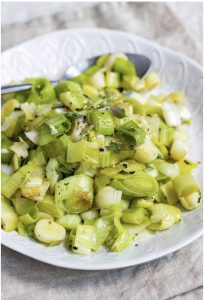
How to cut a Leek
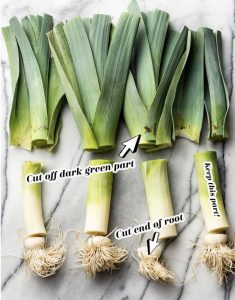
Freezing
Freezing Leeks is super easy but they do require blanching.
Step 1: Wash your leeks thoroughly, remove most of darker green leaves but you can leave a small amount of darker green leaves on and cut into small circles about a 4 or 5cm or whichever way you will want to use them for cooking later on.
Step 2: Get a large pot of water and bring to the boil.
Step 3: You will need a large basin or similar to create an ice bath, fill with cold water and plenty of ice. You will need to replenish the ice after each batch
Step 4: Blanch in batches this is easier. Once the water is boiling add the batches of leeks. You only need to blanch for 2-3 minutes, remove with a slotted spoon and then straight into the ice cold water bath
Step 5: Let them cool in the water for a few minutes and you can move them around the ice bath to quicken the cooling process. Remove with your slotted spoon into a colander to drain off the water.
Step 6: With every batch you will need to top up the ice in your water bath/ bowl
Step 7: Once the leeks have drained they can be dried on on a large absorbent tea towel or an old bath towel. You will need to dry them off as much as possible. Once this has been done, also use a handee towel afterwards to get out more moisture, this is ideal before sealing.
Step 8: Add to your freezer bags and get out as much air as possible. A vacuum sealer is ideal as you dont want the leeks loose in the bag. It is important to get out as much moisture as possible because when you seal them the sealer will also drag out the moisture preventing it from sealing well.
